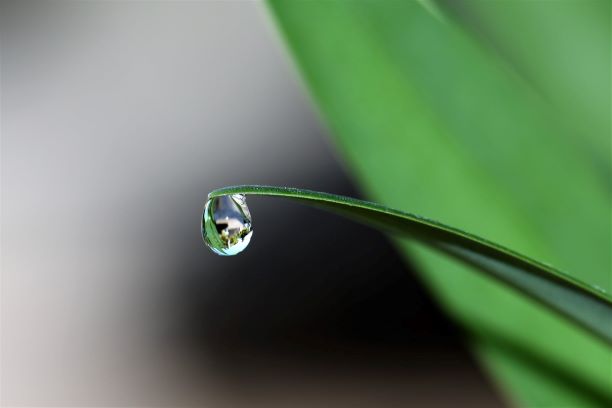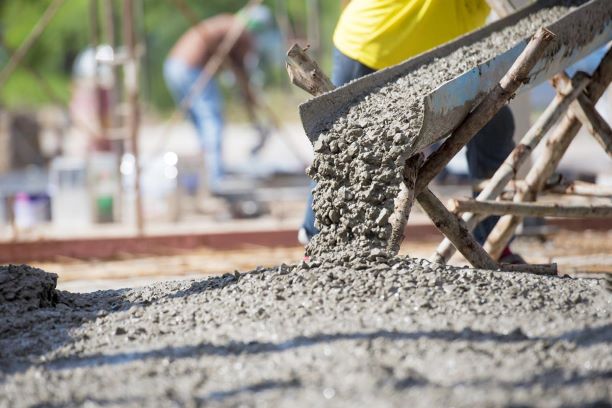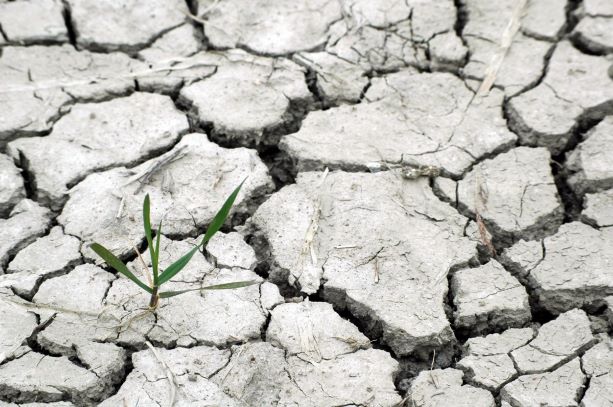Botched Restoration of Paruthipattu Lake Typifies the Story of Chennai Water Crisis
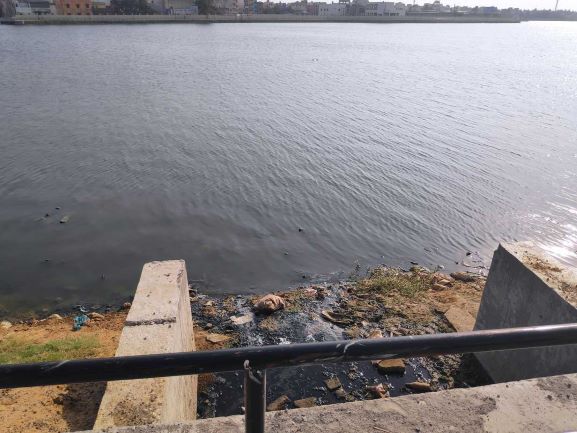 Raw sewage contaminates Paruthipattu Lake in Avadi.
Raw sewage contaminates Paruthipattu Lake in Avadi.
Back in 2016, Tamil Nadu government proposed to restore Avadi’s Paruthipattu Lake which energised the suburban residents. Soon, the Public Works Department (PWD)-took over the lake, spanning 87.03 acres and planned the restoration in a sustainable manner, with a planned expenditure of Rs 28 crore. That’s where the good news ended. Restoration work has been sluggish, leading to untreated sewage water from 3,500 houses continuing to flow into the water body.
The plan was to convert the Lake into an eco-park, much like the one at Chetpet, with boating facilities, a children’s park and walking track. It was expected that the water body would spring back to life with the fish and migratory bird population multiplying.
Restoration fiasco
PWD almost succeeded in making the plan a reality. The work has reached the last phase and the lake now boasts of a walking track around it, mudflats to attract birds and boat deck facilities. Except that, in doing all this, it has made one grave mistake that has rung the death knell for the lake and its biodiversity.
In a measure portraying utter negligence, the Public Works Department (PWD) has destroyed the waste stabilization ponds (also called open aeration ponds) in the lake that were used to treat sewage water. In this method, used widely in many developing countries, sewage water is treated under the influence of sunlight, wind, microorganisms and algae.
With these ponds gone, now the pitch dark sewage water from the residential and commercial properties mixes directly with the lake water, killing its marine life regularly. Dead fish floating on the lake’s surface is a frequent sight, mocking the claimed eco-restoration of the park. “Houses in Periyar Nagar and adjoining localities are not connected with the underground sewage network. Sewage from these houses also pollute the lake,” said S Mangalanathan, a resident of Avadi Housing Board.
The 36 MLD Sewage Treatment Plant (STP) near the lake, that was to take over the task of the aeration pond is still under construction. “The pond was razed even before the construction of the STP by the Chennai Metro Water Supply and Sewerage Board (CMWSSB). This indicates the lack of coordination between PWD and CMWSSB,” said V Raghuram, a former Social Work (aided) student from Madras Christian College, who has done a survey on the restoration and protection of Paruthipattu Lake. Or perhaps it simply demonstrates a better capability of destruction than construction, as one resident ruefully put it.
Now, the PDW officials assure us that the STP would be functional by the month end, or June end, to be precise.
None of the officials from Avadi Municipality or PWD, however,could give a satisfactory explanation for the lack of coordination that led to this mix-up in the first place, contaminating Paruthipattu Lake.
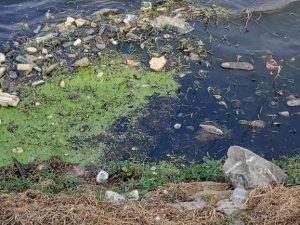
No easy solution
Paruthipattu Lake is, in fact, one of the lakes identified for restoration under the Master Plan of Eco-Restoration of waterbodies in Chennai Metropolitan Authority, as mentioned in a document sourced from Metro Water department. The government’s project report mentioned that the lake should be restored in an environmentally sustainable way, so as to contribute to its long term sustainability.
But the reality is far from it. “Raw sewage contains E coli bacteria, nitrogen and ammonia among many other deadly chemicals. It would have polluted the ground water at the lake and its surroundings by now. It will take a minimum of two years for the lake to rejuvenate itself, even after sewage flow has been stopped,” said S Janakarajan, a retired professor of Madras Institute of Development Studies (MIDS).
Groundwater pollution is also feared by residents who live in the vicinity of the lake. “Water smells foul these days. We did not know the reason behind it all this while,” said a resident, seeking anonymity. “Basic amenities such as fresh water is our priority, not a boating facility, especially in this time of acute water crisis. We can’t pin hopes on the polluted lake to recharge our groundwater,” they worriedly add.

